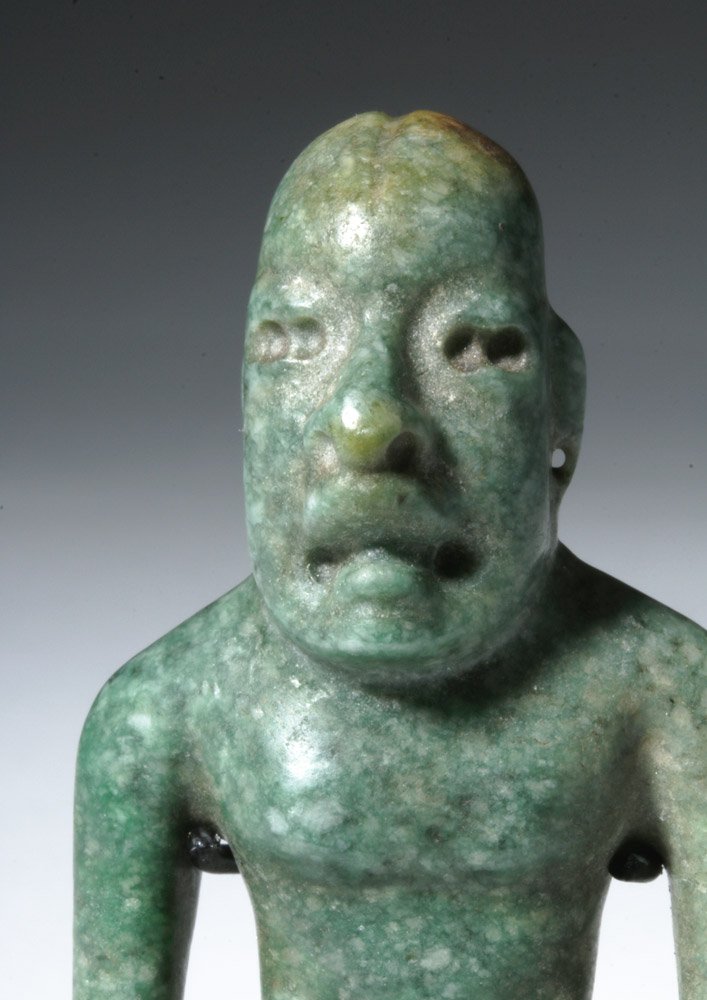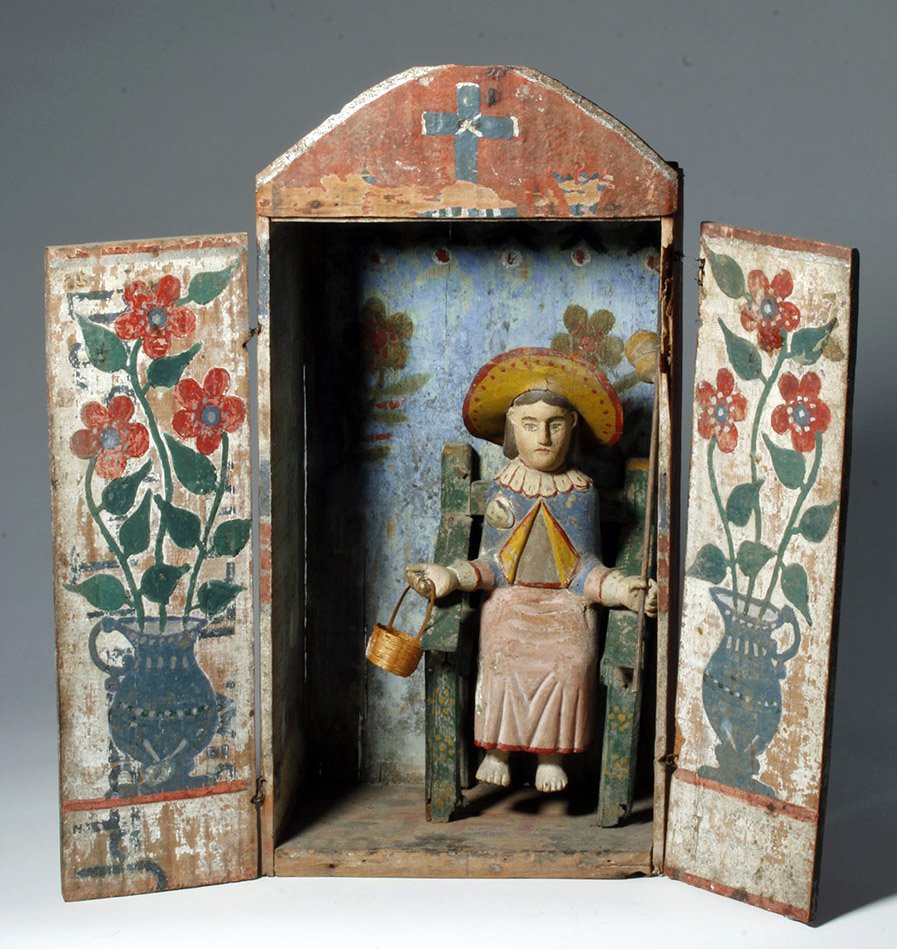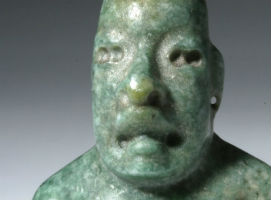
BOULDER, Colo. – Collecting fads may come and go, but one blue-chip category whose following has grown exponentially over the past century is ancient antiquities. “There will always be a fascination about the way people lived many centuries ago, from prehistoric times through more recent periods. The people may be long gone, but their cultures continue to intrigue us through the art and artifacts they left behind,” said Teresa Dodge, co-founder and executive director of Artemis Gallery.
The Colorado-based specialty auction house has handled some of the world’s most prestigious collections of antiquities and tribal art. Its next offering, slated for Thursday, July 14, features a choice selection of 366 antiquities from Ancient Egypt, Greece, Italy, the Near and Far East; Pre-Columbian Central and South America; and other geographic locales. An additional highlight is Part I of a 1,000-piece collection of primarily Central and South American folk art that is being auctioned to benefit the Fowler Museum at UCLA.
Absentee and Internet live bidding will be available through LiveAuctioneers.com.
As is the case with all Artemis Gallery auctions, each and every item offered is unconditionally guaranteed to be authentic, as described, and legal to acquire according to federal guidelines. A certificate of authenticity will accompany each purchase.
A wonderful selection of classical antiquities awaits bidders on July 14. Among the key pieces is Lot 16, a highly important silver rhyton, or drinking horn (below), with a ribbed body and decorative base formed as a mythical beast with a bird’s head and wings, antelope horns, and a lion’s legs and paws. With distinguished provenance from the Estate of Julien Hovsepian, it is expected to reach $12,000-$15,000 at auction.

Lot 13A is an extremely rare circa second/third century CE Roman/Roman Imperial basalt acroterion from the corner of a sarcophagus lid. It is carved to replicate a man’s head, with large eyes, deeply incised “locks of hair” at each side of the face, and a slightly agape mouth. Formerly in the Sismann private collection, France, it is estimated at $18,000-$25,000.
One of several ancient edged weapons in the sale, Lot 37 (below) is an extremely rare circa 700-900 BCE bronze and iron sword from Luristan (northwestern Iran). The 29¼-inch sword has a stable, fully intact blade and a hilt replicating a mythical beast. Estimate: $4,000-$6,000. Another highlight among the weaponry is Lot 174, a hammered and riveted Saxon helmet dating to the sixth-eighth century CE. This extremely desirable war relic was formerly part of a British private collection. Estimate: $16,000-$24,000.

The Olmec civilization of Mesoamerica is considered by most historians to be the forerunner of the Maya, Aztecs and others who followed. A rare opportunity to own an Olmec art treasure presents itself as Lot 57A. The exquisitely carved and detailed blue-green jade figure of a were-jaguar has pierced ears, double-pierced pupils, and an elongated head indicative of the artificial cranial deformation practiced by the Olmec people. Positioned on a custom stand, the miniature figure dating to circa 900-500 BCE is offered with an auction estimate of $15,000-$20,000.
The exceptional array of Pre-Columbian art and art of the Americas also includes a Nazca polychrome trophy-head jar, painted pottery, beaded textiles, a Sioux Indian painted-hide box, and Lot 114, a circa 550-900 CE Mayan Ulua Valley (Honduras) polychrome cylinder (below) estimated at $3,500-$4,500.

Lot 140A, a charming, circa-1900 naively painted niche box (below) from Mexico has double doors that open to reveal a figure of the Holy Child of Atocha. The boy wears a Shell of Saint James, which is symbolic of those who make the pilgrimage to the Shrine of Santiago de Compostela in Spain. According to legend, the Child is said to roam hills and valleys, especially at night, bringing aid and comfort to the needy. Ex Morgan collection and Historia Gallery (Santa Monica, Calif.), the colorful religious artwork is estimated at $1,000-$1,500. Other folk art pieces of note include painted dance masks, an “Ajitz” doll from Guatemala, a George Lopez signed santo, a festive hand-modeled clay bandstand with mariachi musicians, a 1950s Mexican ceramic tableau of the Last Supper, and a 19th-century child-size wood table from Guatemala.

A selection of jewelry from a variety of cultures is led by Lot 54A, a beautiful late 19th/early 20th-century high-karat gold pendant studded with cabochon rubies, an emerald, and a polki diamond (white sapphire) on and around the depiction of an elegant bird. From a Southern California private collection, this very wearable piece in excellent condition is estimated at $1,200-$1,500.



The sale will begin at 11 a.m. Eastern Time.
For additional information on any item call Teresa Dodge at 720-890-7700 or email teresa@artemisgallery.com.



